It’s simple to raise money from venture investors… once you understand how venture investors think. Like any group, investors are not all the same – but the advice is directionally accurate (and free).
Foundational reality – startups are a high risk asset class:
Google it… the public stock market has delivered more than 7% average annual returns for 100+ years, including during recessions. Real estate returns are similar. At a 7% annual return, an investment’s value doubles every 10 years. At 10% annual return, an investment doubles every 7 years. Investors count on this “7-10” rule (aka “the rule of 72”) to build wealth. While there are short term risks, it’s proven reliable over the long term.
How do startup investments compare? As a high-risk investment class, startup venture funds must offer a significant upside to these traditional lower risk investments to attract capital.
How to win at startup investing – invest in a portfolio
Decades of history inform us that 75% of startups (15 of 20) fail. Google it. There are thousands of examples. No one intends or desires this failure rate. Many smart, motivated people are constantly working on improving this result, but so far “the best” funds have similar results. So, that 75% failure rate is the baseline assumption for startup venture investing.
Of the 25% that don’t fail, roughly 5% (1 in 20) return more capital than was invested. That’s why venture funds and angel groups “bet” on portfolios of 20+ startups – to have a good chance for at least one big winner. The winners have to be big to make up for the losses and breakeven returns.
Portfolio investment math – simplified
Venture funds search through hundreds or thousands of startups and screen carefully to find companies that can return “at least 2 times the fund”. For a small $10M fund, that means each company must have a strong chance to be acquired, creating a $20M profit to the fund – considering dilution, fund operating costs, etc. The “2x the fund” goal accounts for the historic 75% failed companies value going to zero and the 20% that make a small or breakeven return as net neutral (1x).
Following this “2x method” to its logical conclusion, a $10M fund returns $30M, 50% more than traditional (rule of 72) type investing – with nearly all of the profit coming from one or two portfolio companies. Of course this is only true if the fund chooses the businesses and founders wisely AND invests at a “proper” company valuation.
An example
A “small” $10M seed fund makes 30 investments ($333k avg). Each investment buys 15% of a startup company, imputing a $2.2M post money valuation to the startup. From the fund’s “2x” perspective, each startup company investment must have a strong potential to generate a $20M (2x the fund) net profit to the fund. When funds consider prospective dilution at 50% from the early rounds to an exit, fund operating costs, etc, over a likely 7+ year investment horizon – the exit size and gross profit required is much larger to meet the “2x the fund” goal.
Continuing the example, the startup in this scenario (valued at $2.2M) must be acquired for $270M ($20M/.075) to make the required profit of $20M for the fund’s 7.5% ownership, diluted in half from the original 15% due to later investments. Fund management is considering whether the founding team can create a $270M company over 7(ish) years – AND get it to an exit. As a means of comparison, Crunchbase and Seraph Investor document the average and median startup exit at $154M and $50M respectively. With no dilution, the $270M requirement is $133M ($20M /.15) – still hard compared to the median.
Competing perspectives
Founders may be frustrated by this example with a “just a $2.2M valuation” – preferring $10M or more. If the fund agrees to $10M – and assuming the investment stays the same, fund ownership percentage drops to 3.3% (before dilution). The founder is now happy that they’re keeping more and getting “a proper valuation”. But the investor has a different perspective – focused on meeting the 2x goal. The fund managers are well aware of the odds of failure – even when all parties are talented, motivated, and diligent. So, how does the target for exit change?
With a $10M valuation, the company must sell for $1.25B ($20M /.016) to meet “2x the Fund” investment objectives – with 50% dilution. That’s a tall order… likely requiring at least $250M in rapidly growing annual revenue in a large market – and/or $80M in EBITDA. The likelihood of meeting fund objectives in this scenario is slim, even for a great startup, in a large market, with strong founders.
This high valuation scenario is where the protections of strong preferred terms (like full ratchet dilution, participating preferred with a multiple, etc.) enters an investor’s mind. These terms mitigate investor risk at a low or middling exit, but place the founding team at great risk of losing the company with a down round or having a zero payout due to preferred multiples with a lower exit compared to the $1.25B requirement in this scenario. Investors will want one or the other (an investable valuation or strong terms) – food for thought on what constitutes a “realistic” valuation. Is this company truly a potential unicorn? Can the founding team get it there and execute an exit?
Advice
“Everyone” thinks their startup is a certain unicorn, but keep those median and average exit numbers in mind (along with the failure rate). A founder seeking investment should be aware of this general investor analysis and the valuation multiples and exits in their specific market. Founders should be able to clearly show how their company will be “the one” (out of 20) in the investor’s portfolio that will return at least 2x the fund. The valuation at the start makes a huge difference in whether the investment is worth the risk for an investor. As the investment rounds and fund sizes grow, the math gets tougher.
My advice for founders, remembering this is free advice and likely worth at least 10x what you paid for it, is that it’s better to have a small piece of a successfully exited company than a big piece of a failed startup.


